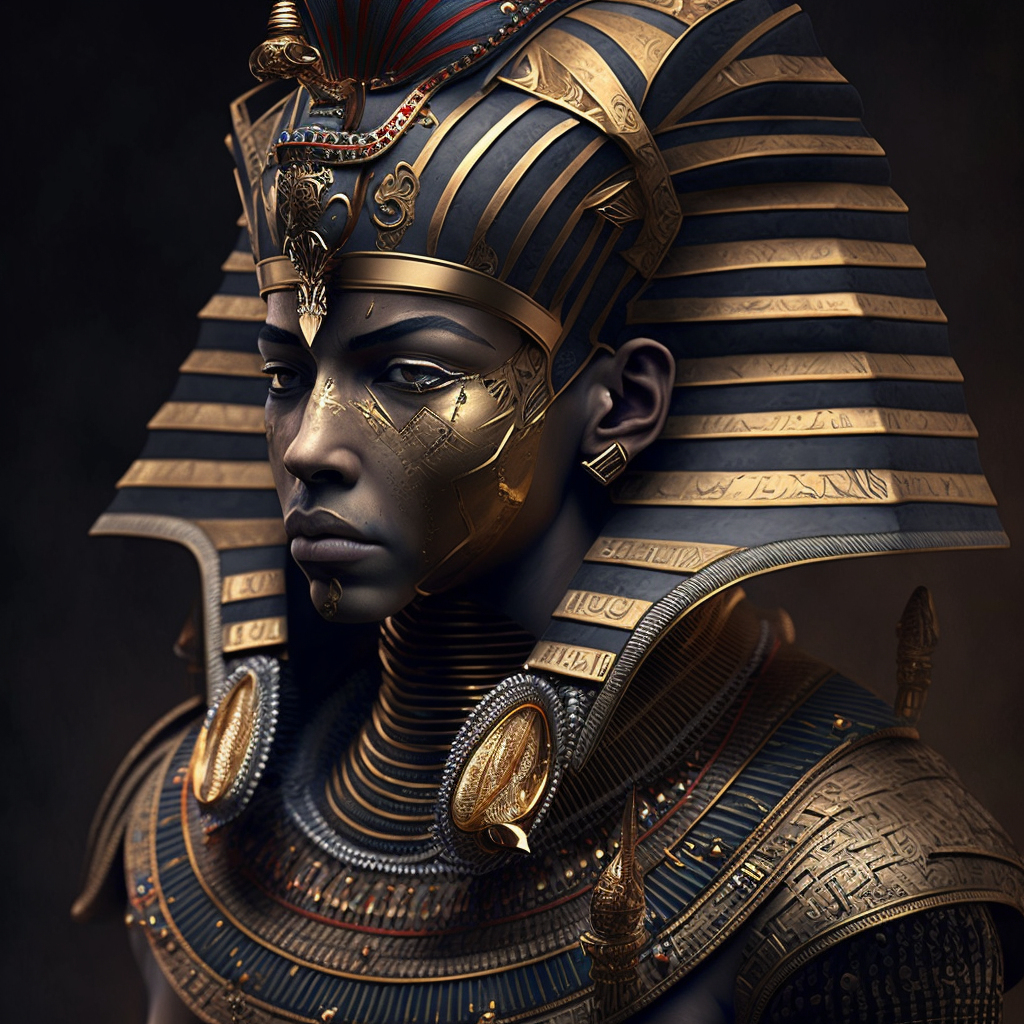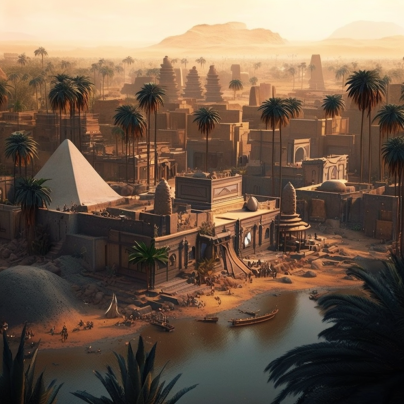Pharaoh Tutankhamun
The first boy pharaoh


Tutankhamun, also known as the boy king, is one of the most famous pharaohs of ancient Kemet (Egypt). His reign was relatively short, lasting only about a decade, but his tomb is one of the most spectacular archaeological discoveries of the modern era. In this article, we will explore Tutankhamun's life, his reign, and his untimely death.
Tutankhamun was born around 1341 BCE, and his father was the pharaoh Akhenaten. Akhenaten was a controversial figure who introduced a new religion that centered on the worship of Aten, the sun disc. After Akhenaten's death, his son, Tutankhamun, became pharaoh at a very young age. He was only around nine years old when he ascended to the throne, and it is likely that he had a regent who governed on his behalf.
During Tutankhamun's reign, there were attempts to restore the traditional polytheistic religion that had been replaced by his father's reforms. Tutankhamun himself seems to have been a relatively minor figure in this process, and it is possible that he was overshadowed by his advisors and courtiers. Nevertheless, he did undertake some building projects and commissioned some art that reflected his traditional religious beliefs.
Tutankhamun's reign came to an end when he died at a young age, around 18 or 19 years old. The cause of his death has been the subject of much speculation and debate among historians and scientists. In 1922, the tomb of Tutankhamun was discovered by the British archaeologist Howard Carter. The tomb was filled with treasures, including a golden death mask, jewelry, furniture, and other objects. The discovery of the tomb sparked a worldwide fascination with ancient Kemet and cemented Tutankhamun's place in popular culture.
In recent years, scientific investigations have shed some light on the circumstances of Tutankhamun's death. Some researchers have suggested that he may have died as a result of a chariot accident, while others have proposed that he may have suffered from a genetic disorder that weakened his health. Still, others have suggested that he may have been murdered, although there is no conclusive evidence to support this theory.
In conclusion, Tutankhamun was a young pharaoh who came to power at a time of great change and upheaval in ancient Kemet. His reign was relatively short, but his tomb is one of the most spectacular archaeological discoveries of all time. While the cause of his death remains a subject of debate, his legacy continues to inspire and fascinate people around the world.

Like this content? Feel free to comment & share!